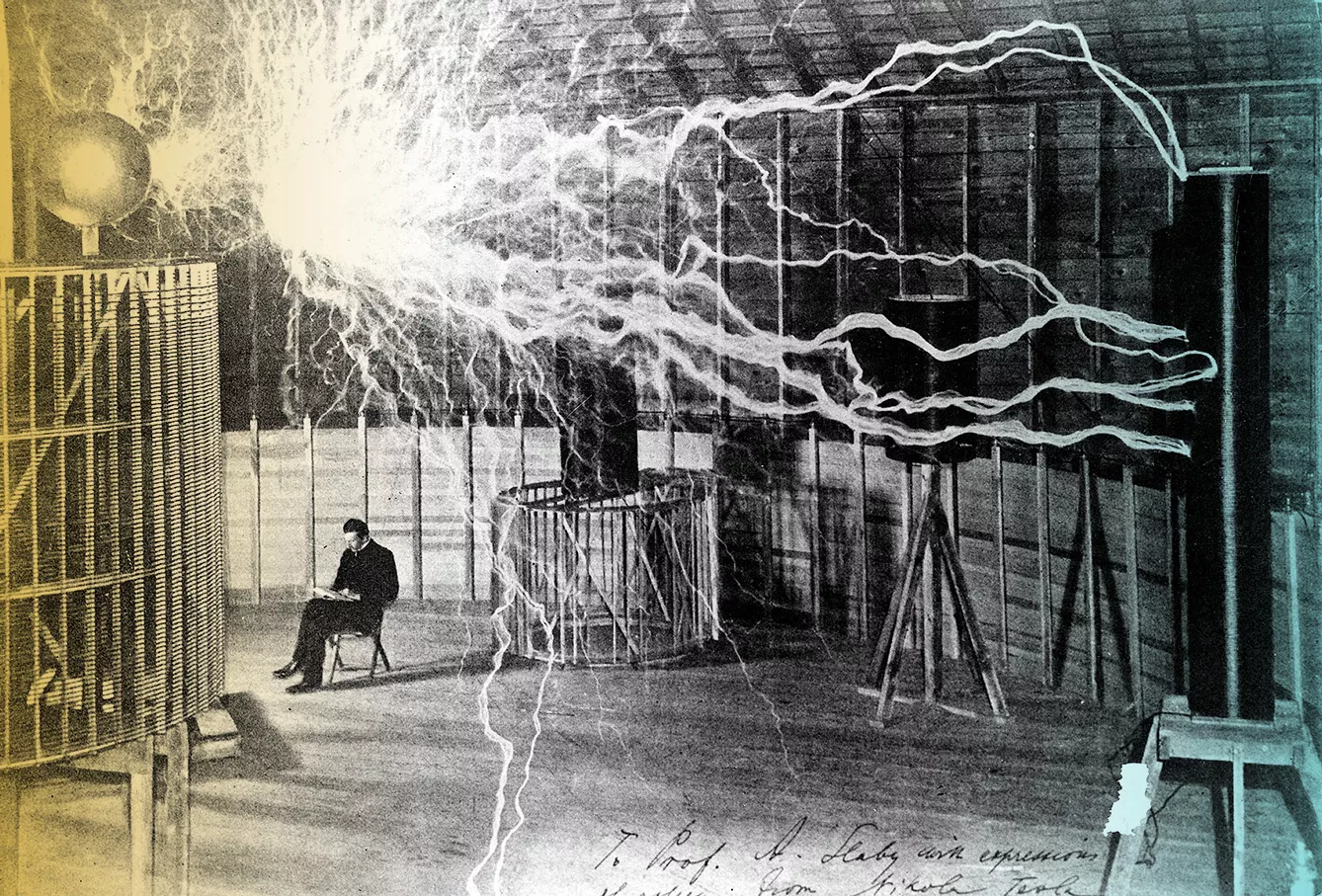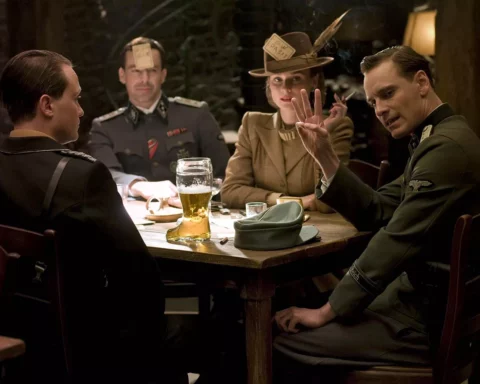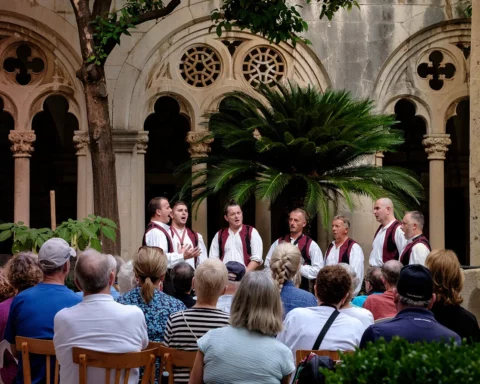Usually, when you introduce a person, you start by giving their name and possibly remark where they come from (if they are foreigners). The case of Nikola Tesla is so sensitive that perhaps it is best to begin with who he was and what he achieved before touching upon his Balkan origins. His is the story of a true genius whose visions shaped our present, and are still yet to shape our future.
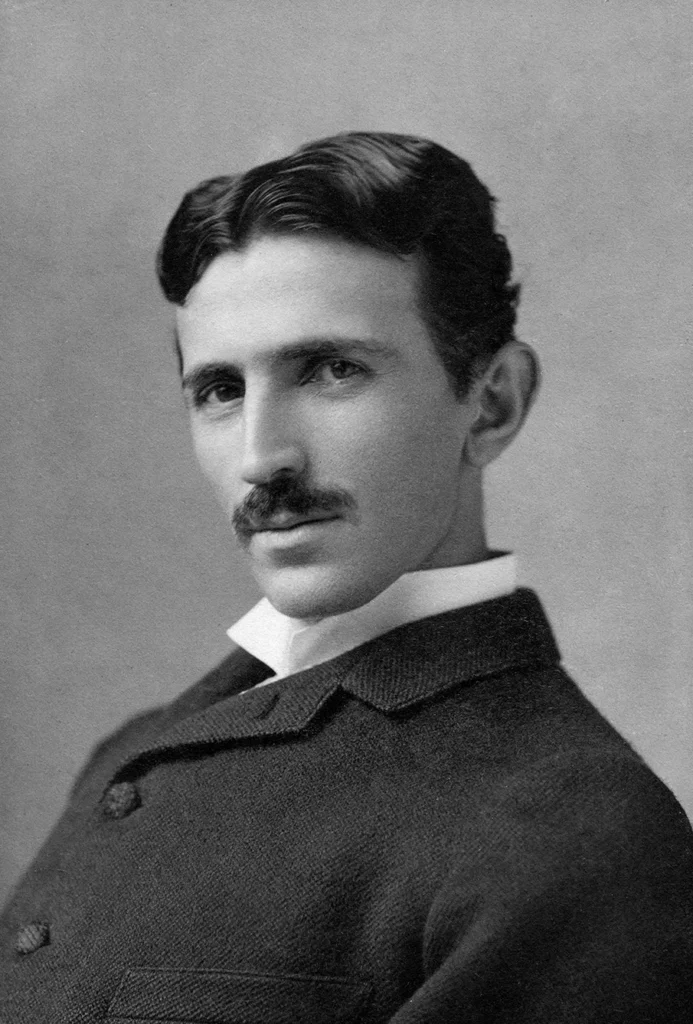
Nikola Tesla: A man who shaped the world
Quite literally, Nikola Tesla is responsible for the shape of the world as we know it. Imagine a world without electricity. Whenever we complain that we wish our day was longer, it is electricity that already makes it partially possible. Take that away, and you are left with darkness. It was Tesla who developed the idea of Alternating Current.
In case you forgot, let me quickly remind you that alternative current (AC) is why all your electrical equipment works and is safe. In layman’s terms – it protects the electrical outlets from overcharging. A brilliant, most sensible, and seemingly indispensable idea. Can you believe it had a wholehearted enemy? And not just some superstitious individual, but another great mind of our times – Thomas Edison.
AC/DC
Thomas Edison was the one who probably might have imagined he made Tesla. His talent was noticed when he worked at one of his factories in Paris. In recognition of his achievements, he was offered a transfer to New York and accepted. There he worked closely with Edison. However, their cooperation did not last long, about six months.
Tesla stormed out of Edison Machine Works after Edison did not keep his word to pay a sum of 50 thousand dollars for improving Oregon’s lighting system. According to Edison, Tesla did not understand “American humor.” In the end, it seems that the joke was on Edison, as Tesla, albeit with difficulty, managed to establish a partnership with George Westinghouse and further developed the idea of AC as a standardized electricity system.
Edison played dirty and tried to discredit their achievements. But when Westinghouse beat out Edison in the bid to illuminate the World’s Columbian Exposition of 1893, located in Chicago, and over two hundred light bulbs were illuminated thanks to the polyphase alternating current system, millions of visitors did not need any more convincing that the AC was the way of the future.
You’d think that Edison was capable of burying the hatchet. But he was a man who cherished the maxim that revenge is a dish best served cold. And so, we will return to the importance of his role in Tesla’s life later.

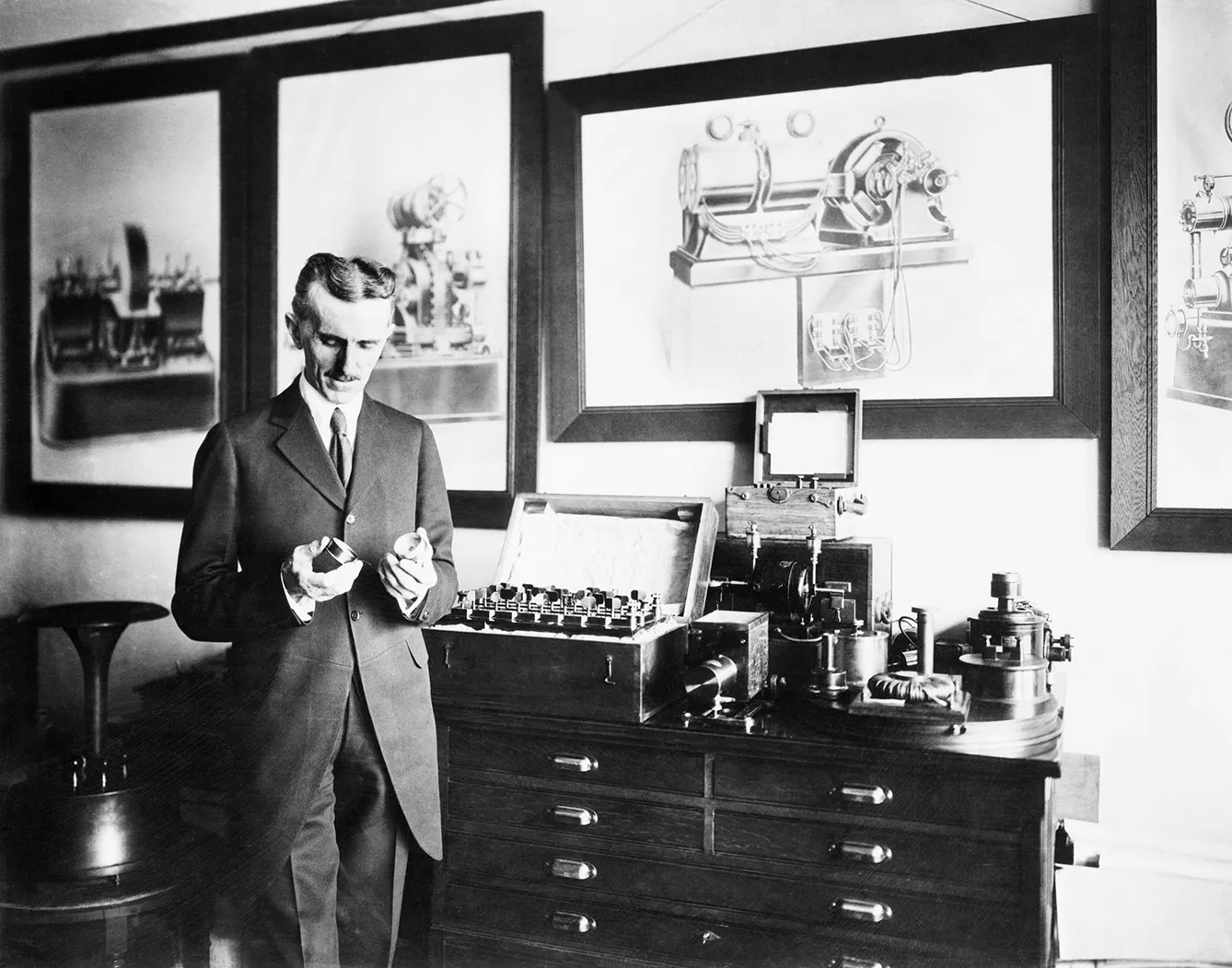
Nikola Tesla: Self-taught or predestined prodigy?
To say Tesla was a genius seems an understatement. He manifested great talents from his very early years. He had flawless visual memory, inherited after his mother, and spoke six languages. He could do calculations perfectly in his head. He also said he had visions of his designs. He claimed it was as if lights appeared in his mind that were so precise that all of his experiments would go perfectly, just like he had pictured them before even transferring them to paper or putting them to practice.
He never stopped reading, testing, inventing, and learning about the world. He was utterly dedicated to the idea of energy. His mind was so well ahead of his time and busy that he dropped out of the Technical University of Graz over concerns that he was working too hard. Many of his visions are still awaiting fulfillment. And how many don’t we know of? He once said, “The hard work of the future will be pushing buttons, ” which is already (nearly) accurate. But what did he actually mean – we are probably yet to discover.
A rivalry that set us all back
Apart from discovering an induction motor, remote control, drones, rotating magnetic field, neon lights, and robotics, he held hundreds of patents and even more ideas that never saw the light of day and are impossible to enumerate and describe for the purposes of this article. But let us go a little more in detail and stop over the hydropower plant Tesla constructed with Westinghouse in 1896.
It is located on Niagra Falls and once and for all settled the “Battle of Currents,” labeling the DC a sore loser. However, despite being the first AC hydropower plant in the world, it came in second regarding supplying power. How is that possible? In as little as two days after the opening of the Niagra falls unit, a power plant built using Tesla’s patent was opened in his homeland of Croatia, on the river Krka. The main difference was that the same evening it started supplying the nearby city of Šibenik with electric power making it the first city in the world to be illuminated by a polyphasic system of alternating current. Niagra Falls powerplant did the same for Buffalo a whole year later.
And how does that relate to Edison (whose favored DC was about to lose the race to become the standardized power)? He was a wealthy man, known for “borrowing” other inventors’ ideas and later on involving lawyers to win the battles he would create. Tesla was a completely different man. Suffice to say that when the Westinghouse company was facing financial trouble and was in enormous debt, Tesla tore his royalties up (worth USD 12 million – which in today’s money would be about USD 300 million) out of gratitude to his friend for being given a chance when no one else believed in him and his inventions.
He sold his AC patents for USD 216 thousand, which allowed him to open his own research labs. But luck wasn’t on his side. From that moment on, he struggled. He was actually the first one to discover radiowaves. Alas, this is when misfortune struck. When, in 1895, his lab burnt down, he lost hundreds of hours of work (*not that it mattered, as his memory allowed him to recreate them – and why not improve some of them at the same time). But this led to him applying for radio wave patents two years later and delaying his work.
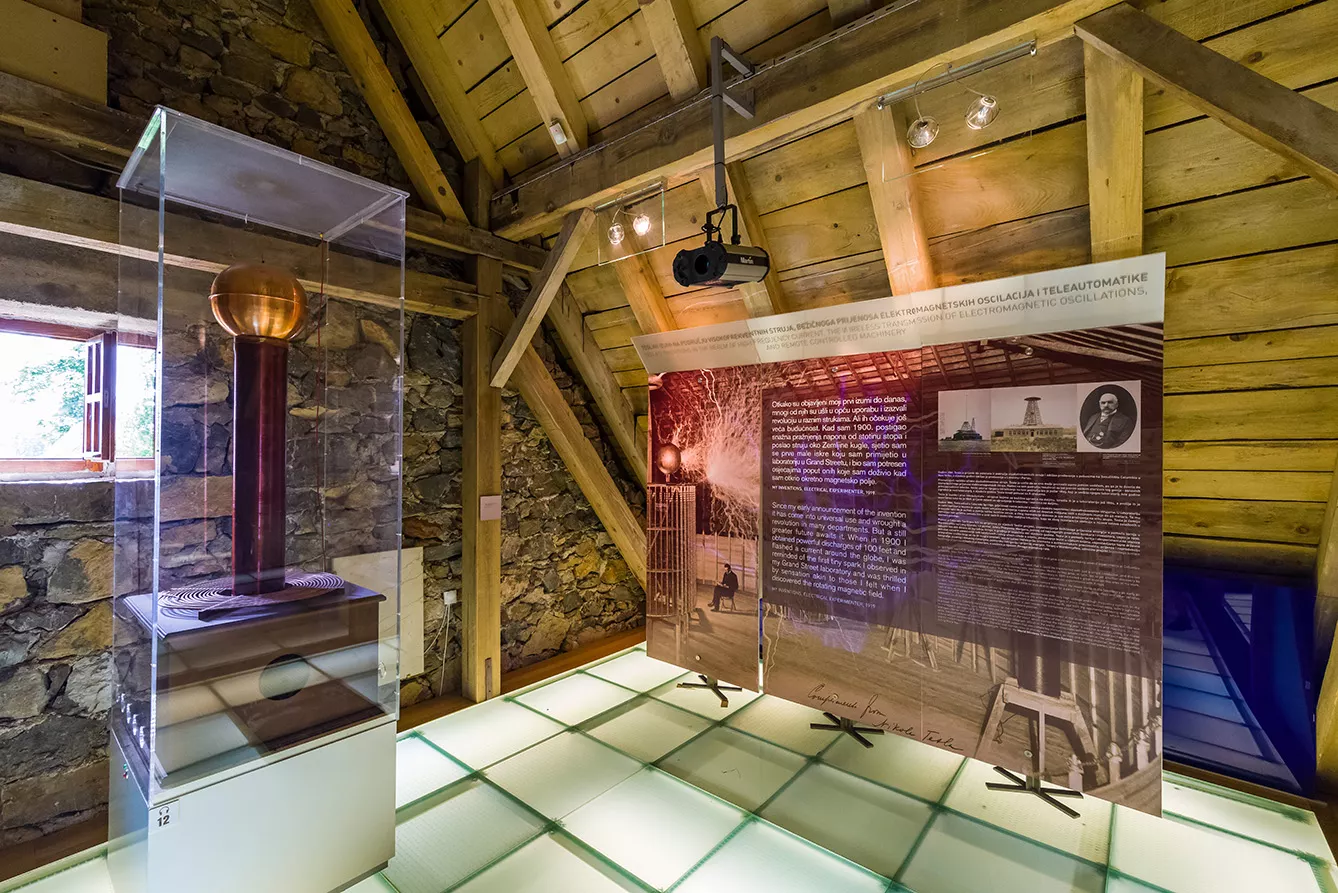

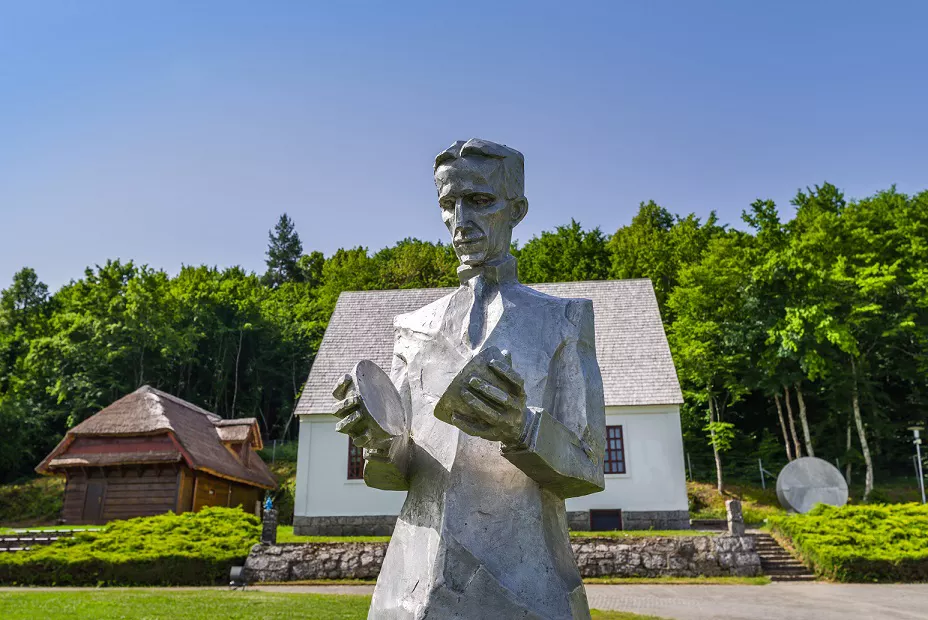
At the same time in Britain, Guglielmo Marconi was independently working on the same thing. However, he was denied US patent rights because his design was too similar to Tesla’s. However, in 1901, after sending a transatlantic radio signal using 17 patterns that belonged to Tesla, he got backed up with financial support from… Thomas Edison. And lo and behold, in 1904, the US Patent Office suddenly changed its mind and granted the radio pattern to Marconi. One can only speculate how Edison’s finances and… personal experience… played a part in depriving Tesla of his invention. And how much further we could have been if Tesla, instead of struggling financially, had received the support he deserved.
Visions of the future
Although furious (and short on cash), Tesla was trying to develop his idea of Free Energy. This was supposed to be the work of his life. He believed that energy could be sent wirelessly. More than that! He prophesized that one day, it would be possible to send documents, pictures, music, etc., wirelessly. He was pioneering the technique of collecting energy particles from space in order to meet the energy requirements of humans.
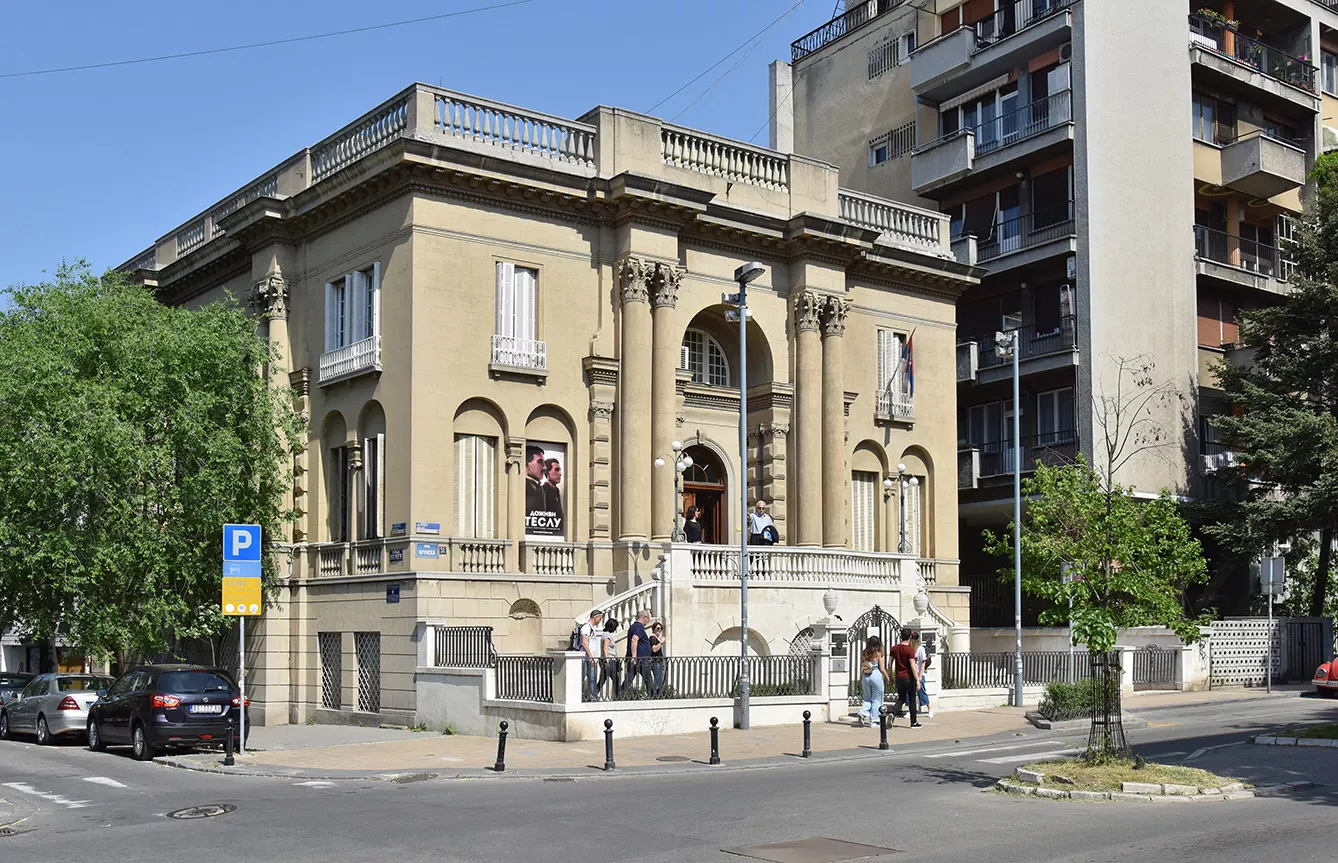
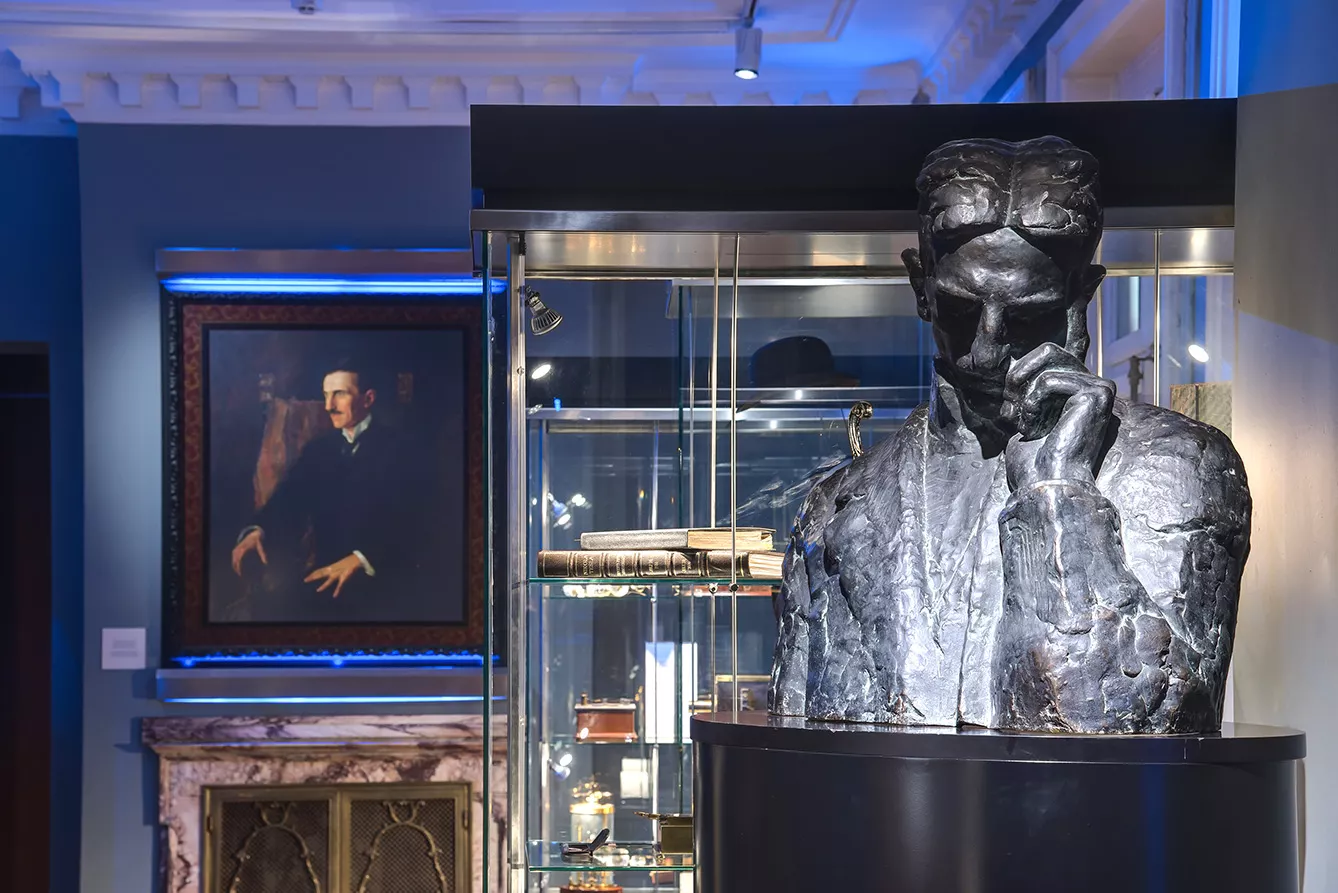
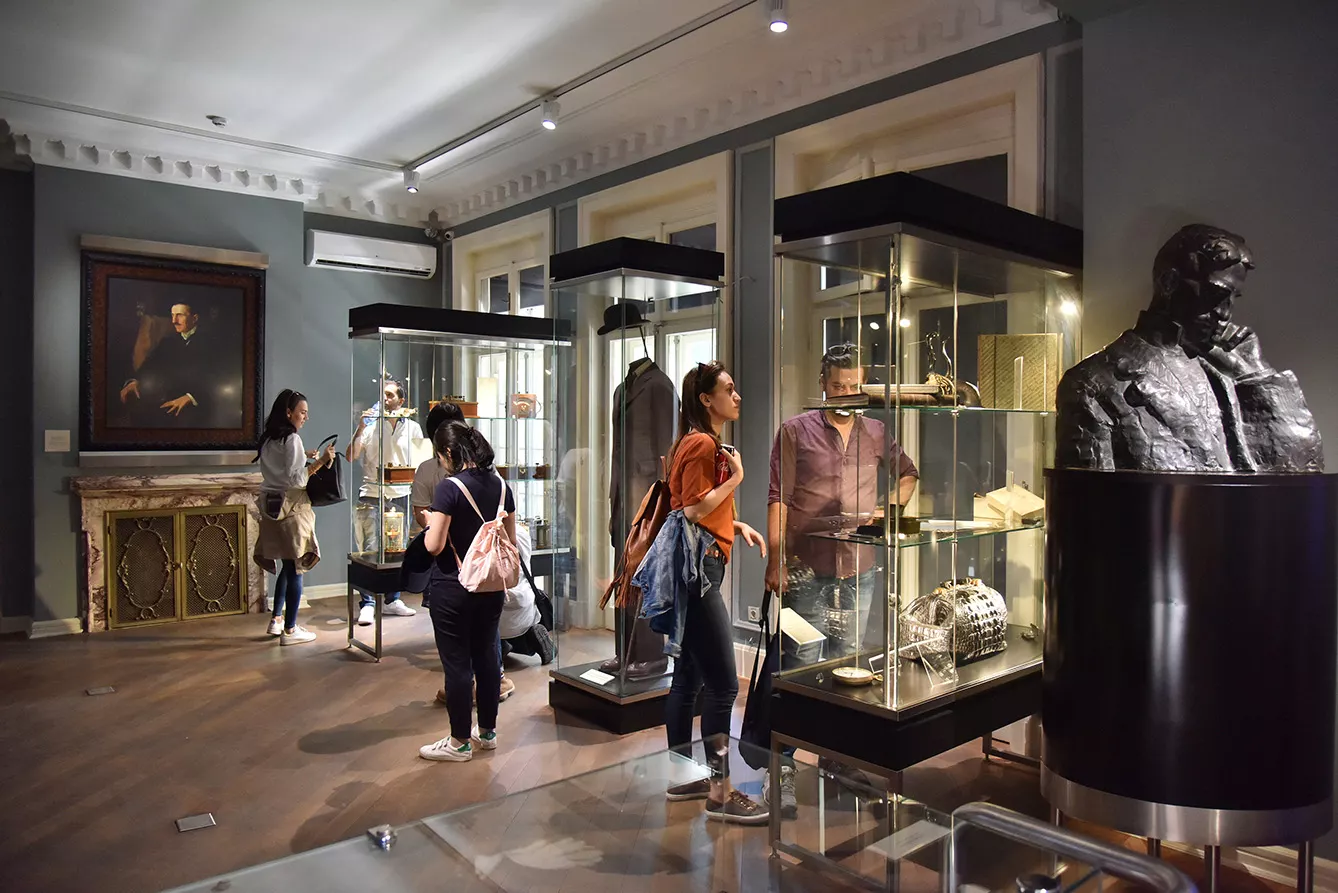
But free energy meant no one would necessarily earn from it. Not a capitalistic dream. The tower Tesla constructed in Wardenclyffe was to start the process of transferring electricity without wires and setting up a broadcast system. Globally. His patron, JP Morgan, didn’t like the idea and tore down the tower and tried to restore some of his investment by selling the metal for scrap. Ninety years later world wide web is as evident as the air we breathe in. As are mobile phones. Instant messengers. Solar energy. And the exploration of space – all pioneered or foreseen by one man. Nikola Tesla.
Now for the controversy
Apart from being a rather odd loner, Tesla did not evoke as much controversy during his lifetime as he did after his death. It is his ingenuity that is to blame. Born to Serbian parents, he came to this world on 10th July 1856 in Smiljan (present-day Croatia). And now, both Serbians and Croatians feel he was the son of their nations. Complicated? Even more so!
Tesla was also a naturalized American citizen, describing his nationality as Serbian-American. In a way, a global citizen, Tesla, luckily managed to voice his opinion in a telegram sent on the 26th of May 1936 to Vladko Maĉek, where he said: “I am equally proud of my Serbian origin and my Croatian homeland.” One thing is clear – the world owes so much to the great mind of this inventor that it is the duty o us all to keep his name in the living memory of all the citizens of the world.


